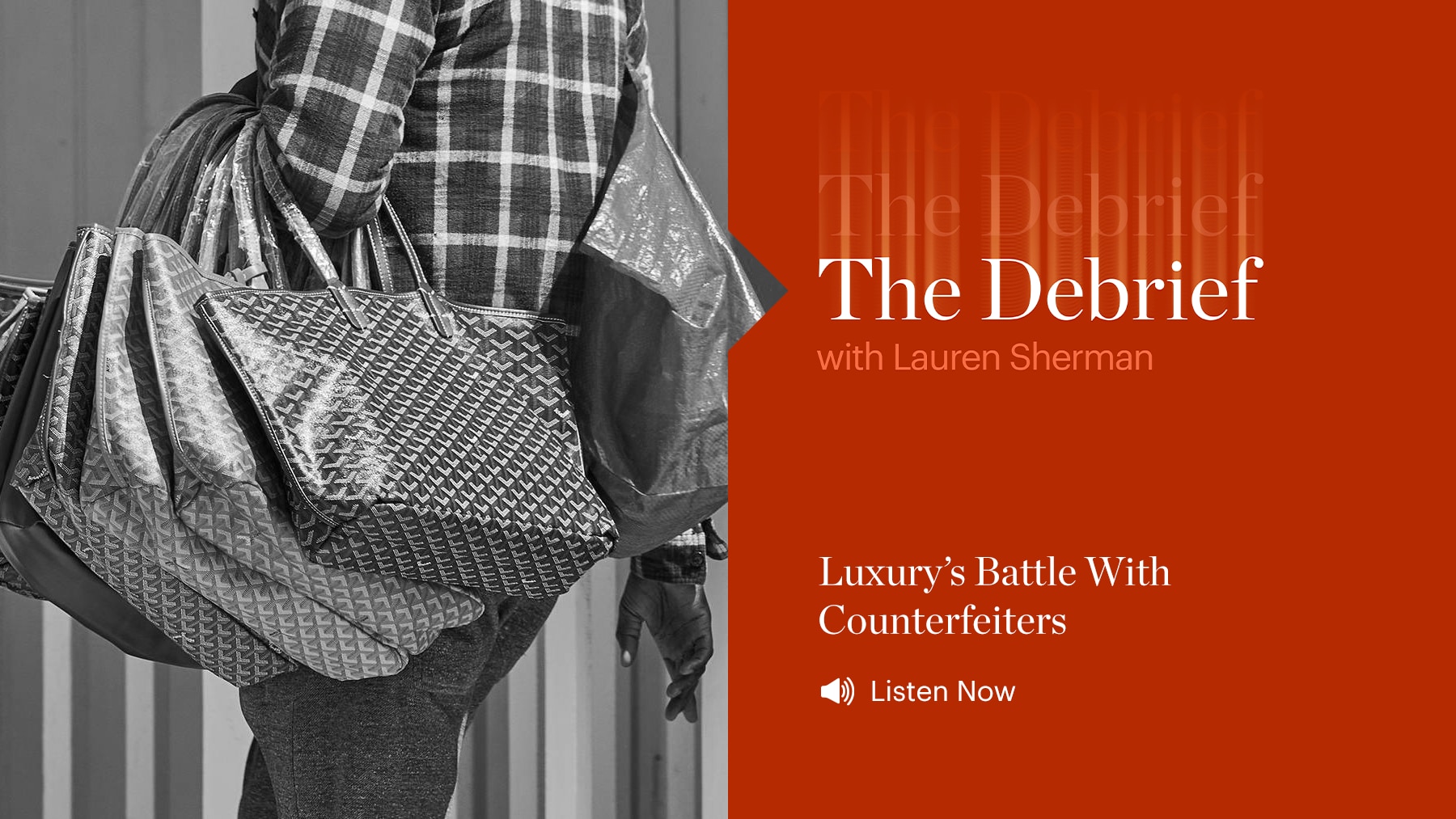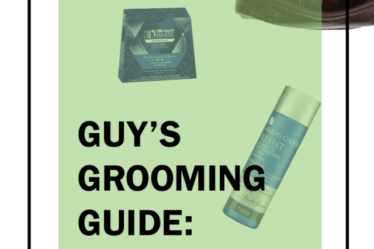
Follow The Debrief wherever you listen to podcasts.
A growing number of young consumers are embracing counterfeit Prada loafers and Gucci bags, as the internet has made access to these dupes easier than ever. The value of the fake and pirated goods market has tripled since 2013 to be worth $3 trillion, according to the Organisation for Economic Co-operation and Development. That’s thanks to a number of factors. For one, websites like AliExpress and DHgate connect consumers directly with counterfeit manufacturers. It’s no longer a necessity for the dupe-curious shopper to visit the shady alleys of Canal Street. Meanwhile, the skyrocketing prices of luxury products are pushing aspirational shoppers away.
At the same time, the quality of luxury goods has diminished as much production has been outsourced to Asia, narrowing the gap between what’s real and what’s fake. Lastly, social media and constant seasonal trends have conditioned consumers to covet not only the “it” bag of the season but shoes, tank tops and more.
“I think there’s a sense of consumer alienation with luxury goods — where it’s like you’re super close to it, but at the same time it’s extremely inaccessible,” said retail correspondent Cathaleen Chen.
- Counterfeits have gotten much easier to find and buy: Chinese websites like DHgate and AliExpress ship inexpensive dupes to Western consumers’ doorsteps.
- The stigma of owning a “fake” has faded. Young consumers no longer see buying from brands as a sort of fashion moral imperative — they even show off counterfeit items from sites like DHGate and AliExpress in viral TikTok hauls.
- Due to price increases, once-aspirational items from Chanel or Louis Vuitton are now out of reach for middle-class consumers looking to splurge.
- The counterfeit surge doesn’t seem to be affecting the bottom lines of luxury goods companies, whose profits have only risen in the past few years.
- Resale plays an interesting role in the counterfeit conversation. On the one hand, resale could curb the continued growth of dupes by providing shoppers an entry to luxury pieces. On the other, resale is particularly vulnerable to fakes, as platforms have to be on guard against ever-more-sophisticated fakes.



